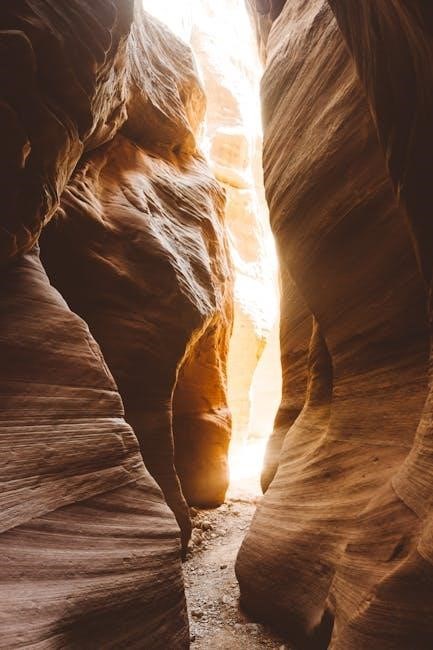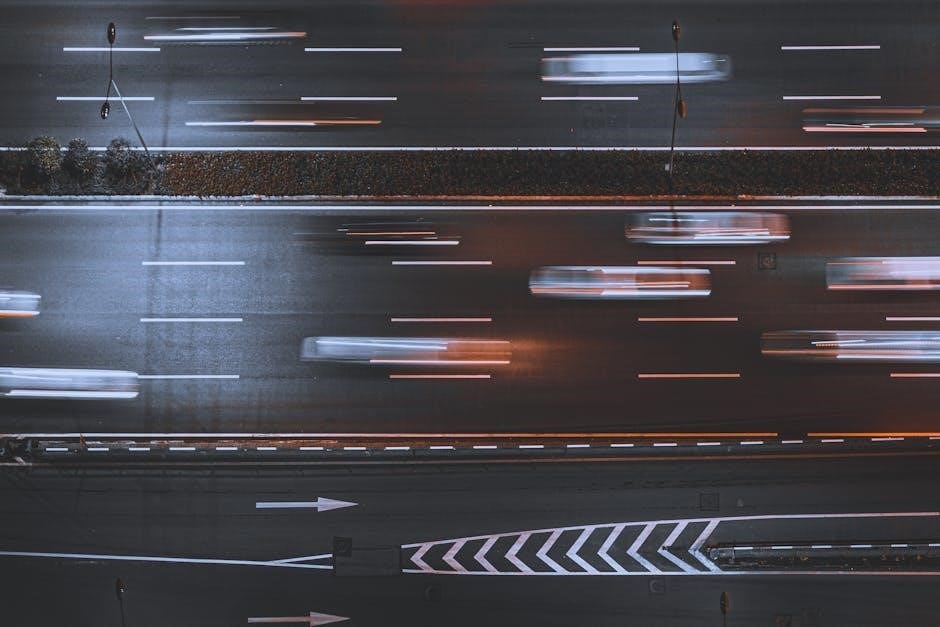The canyon guide provides essential information and services to visitors, with
expertise
and knowledge of the area, ensuring a safe and enjoyable experience for all, every single day always.
Overview of Canyon Areas
The Grand Canyon is divided into four distinct areas, each with its own unique characteristics and attractions, including the South Rim, North Rim, and other surrounding canyons.
The South Rim is the most visited area, with over 5 million visitors per year, and is home to the Grand Canyon Village, which offers a range of amenities and services.
The North Rim is less crowded and only open from mid-May to mid-October, offering a more secluded and peaceful experience.
Other areas, such as Havasupai Falls and Antelope Canyon, require permits and guides to visit, adding to the overall diversity of the canyon landscape.
The canyon areas are managed by different authorities, including the National Park System, and offer a range of activities and experiences for visitors, from hiking and camping to scenic drives and wildlife viewing.
Overall, the canyon areas offer a rich and varied experience for visitors, with something to suit every interest and preference.
Importance of Guides and Permits
Guides and permits play a crucial role in ensuring a safe and enjoyable experience for visitors to the canyon areas.
The use of guides and permits helps to regulate the number of visitors and prevent overcrowding, which can damage the environment and disrupt the natural balance.
Guides are knowledgeable about the area and can provide valuable information and insights, helping visitors to navigate the terrain and avoid potential hazards.
Permits are required for certain areas, such as Havasupai Falls and Antelope Canyon, and help to manage the number of visitors and prevent over-tourism.
The importance of guides and permits cannot be overstated, as they help to protect both the environment and the visitors themselves.
By using guides and obtaining the necessary permits, visitors can help to preserve the beauty and integrity of the canyon areas for future generations.
This is essential for maintaining the unique character of these areas.

Best Time to Visit Grand Canyon National Park
Visiting the park depends on various factors, including weather and crowd levels, every single day always with
new
experiences.
Factors Affecting Visit Time
Several factors affect the best time to visit, including weather conditions, crowd levels, and personal preferences, with each season offering unique experiences and activities, such as hiking and sightseeing, that attract millions of visitors annually. The park’s location and geography also play a significant role in determining the best time to visit, with the South Rim being more accessible than the North Rim. Additionally, the time of year can impact the types of activities and services available, such as guided tours and shuttle services, which may be limited during certain periods. Overall, considering these factors is crucial to planning a successful and enjoyable trip to the Grand Canyon, with many visitors returning year after year to experience the park’s natural beauty and wonder, and to explore its many trails and scenic vistas, and to learn about its rich history and geology.
Seasonal Considerations
The Grand Canyon experiences a wide range of seasonal conditions, with summer being the peak tourist season, characterized by hot weather and large crowds, while winter is generally quieter and colder. Spring and autumn are considered the best seasons to visit, with mild weather and smaller crowds, making it ideal for hiking and outdoor activities. The park’s elevation and location also result in varying weather conditions, with the South Rim having a more moderate climate than the North Rim, which is generally colder and snowier. Visitors should be prepared for changing weather conditions, regardless of the season, and plan accordingly, taking into account the park’s unique geography and climate, to ensure a safe and enjoyable trip, with many scenic vistas and trails to explore, and a range of activities and services available, including guided tours and shuttle services, throughout the year.

Canyon Shuttle Services
Shuttle services operate regularly, providing convenient transportation, with
routes
and schedules, for visitors to access canyon areas easily always.

Sabino Canyon Shuttle
The Sabino Canyon shuttle is a popular option for visitors, operating on a regular schedule, with multiple stops throughout the canyon, providing easy access to scenic areas and trails. The shuttle service is emission-free, offering a narrated tour of the canyon, with knowledgeable drivers sharing information about the area’s history, geology, and wildlife. The cost of the shuttle is reasonable, with prices starting at 15 dollars per adult and 8 dollars for children aged 3-12. The shuttle runs every hour from 9 a.m. to 4 p.m., making it a convenient option for visitors to explore the canyon without worrying about parking or transportation. With its frequent departures and informative narration, the Sabino Canyon shuttle is an excellent way to experience the beauty of the canyon, and it is a great option for families, hikers, and nature lovers. The shuttle service is well-organized and efficient.
Bear Canyon Shuttle
The Bear Canyon shuttle is a convenient transportation option for visitors, offering a gas-powered shuttle service with a smaller carbon footprint, providing an alternative to the Sabino Canyon shuttle. The shuttle operates on a regular schedule, with multiple stops throughout the canyon, allowing visitors to easily access scenic areas and trails. The cost of the shuttle is 8 dollars per adult and 5 dollars for children aged 3-12, making it an affordable option for families and individuals. The shuttle service is well-organized and efficient, with knowledgeable drivers providing information about the area’s history, geology, and wildlife. The Bear Canyon shuttle is a great option for those looking to explore the canyon without worrying about parking or transportation, and it is an excellent choice for nature lovers and hikers. The shuttle service is a valuable resource for visitors, and it is a great way to experience the beauty of the canyon.

Canyon Guides International
Training Courses and Certifications
Canyon Guides International offers a range of training courses and certifications for individuals looking to become canyon guides. These courses are designed to provide participants with the necessary skills and knowledge to safely and effectively guide clients through canyon terrain. The training programs are led by experienced instructors and cover topics such as rope skills, anchor placement, and emergency response. Upon completion of the course, participants receive a certification that is recognized internationally. The certification process involves a series of assessments and evaluations to ensure that participants have the necessary skills and knowledge to work as a canyon guide. The training courses and certifications are available throughout the year and are open to individuals from around the world. The courses are designed to be comprehensive and hands-on, providing participants with a thorough understanding of the skills and techniques required to be a successful canyon guide.
Comprehensive Tracks
Canyon Guides International has developed three comprehensive tracks for individuals looking to become certified canyon guides. These tracks include the Recreational, Pro Canyon Guide, and Instructor/Evaluator programs. The Recreational track is designed for individuals who want to guide friends and family through canyon terrain, while the Pro Canyon Guide track is for those who want to work as professional guides. The Instructor/Evaluator track is for experienced guides who want to teach and evaluate others. Each track includes a series of skills checklists and training modules that cover topics such as rope skills, anchor placement, and emergency response. The comprehensive tracks are designed to provide individuals with a thorough understanding of the skills and techniques required to be a successful canyon guide. The tracks are also designed to be flexible, allowing individuals to complete the training at their own pace.
Canyon guides provide valuable services, ensuring safe and enjoyable experiences for visitors.
Importance of Canyon Guides
Canyon guides play a crucial role in ensuring the safety of visitors, providing them with valuable information and expertise to navigate the canyon terrain. With their knowledge and experience, guides can help visitors avoid potential hazards and make the most of their trip. The importance of canyon guides cannot be overstated, as they are often the only ones who can provide visitors with the necessary guidance and support to explore the canyon safely. By hiring a canyon guide, visitors can gain a deeper understanding of the canyon’s history, geology, and ecology, and enjoy a more rewarding and memorable experience. Guides can also help visitors to develop new skills and build confidence, making the experience even more enjoyable and fulfilling. Overall, the importance of canyon guides lies in their ability to provide a safe, informative, and enjoyable experience for visitors. Guides are essential for a successful trip.


